Apr 1, 2001-2001
United States of America
Sit-in for Living Wages for Harvard University Staff
Share
ACTIVISTS/ACT.GROUPS/DESCRIPTION OF THE GROUP
Progressive Student Labor Movement (PSLM) at Harvard
TARGET
Harvard President Neil Rudenstine
WIDELY HELD BELIEF
Workers should be paid a fair, living wage for their labor.
CASE NARRATIVE
Issue and Opponent: Led by the Progressive Student Labor Movement(PSLM) in the fall of 1998, a movement to ensure hourly employees earned a living wage of 10 dollars an hour began. The core topic was that hourly employees deserve a wage on which they or their families could support themselves, which Harvard students believed was impossible on the current wage of 6.50 an hour.
Dilemma Action: This dilemma assumes that workers deserve a living wage and that workers should be able to support themselves on their income, especially when working at a renowned and wealthy university. First, the campaign leaders requested a meeting between the school’s president and the PSLM to consider a living wage for hourly employees in the form of a letter. On April 15th, 2001, 50 students held a three-week sit-in at the administrative offices, and campaigners organized daily pickets outside the building, some of which were attended by 2,000. 400 faculty members signed a petition for a living wage. Because of this, over a hundred alumni staged a parallel sit-in at the Harvard Club, supported by hundreds of students sleeping in tents outside. A candlelight vigil was also held. The sit-in continued for almost a month and proved to be disruptive. As a result of this sit-in, wages increased, more affordable benefits were offered, a fair bargaining clause was included in the contracts, equal pay was guaranteed for directly hired and outsourced workers, and Harvard agreed that it would periodically reassess wages and benefits of the workers to adjust for inflation. When the President refused to institute the policies of the student and faculty committee, the 2002 LWC Valentines Day March to the president’s home was organized, blocking traffic in Harvard Square.
Outcomes: The initial action of the letter-writing request was unsuccessful, and the President returned a letter insisting that the current wages were suitable. The second tactic of interrupting the Dean’s speech to call for higher wages was met with applause from the audience, parents of the university students. However, no further action was taken. Due to the success of the “Rally for Justice”, the Cambridge City Council (the town in which the college is located) asked the University to raise wages to 10 dollars an hour. In response to this, the university instituted a special faculty committee to review a living wage policy. When the group presented the humorous award of “Worst Employer in Boston”, they were again met with applause by the newly admitted Harvard students. All demonstrations were largely ignored by the University. In response to the withholding of donations by Alumni, the University admitted to manipulating payroll by listing employees as “casual workers” despite them working at the university for over 10 years, and for over 40 hours a week, promising to allocate these employees the benefits of being listed as full-time employees. In response to the teach-in held in March of 1999, police were stationed around the building for the rest of the year. In May of 2000, the special committee formed to review the living wage rejected a wage standard, instead claiming small benefits would be satisfactory. Shortly after the Workers First concert, the President resigned. When parents held up signs of protest in March of 2001, they were given the option of leaving the school premises or being arrested. As of 2001, the LWC was largely unsuccessful in achieving its goals. The sit-in of April 2001 was met with favorable media coverage and endorsements for US senators and representatives. After the three-week sit-in, the University agreed to a committee of students, faculty, and workers who would decide on changes to be made to wages. However, the students who participated in the sit-in were put on disciplinary probation. In January 2002, The committee ultimately called for wage increases for workers, benefits, equal pay for outsourced workers, a fair bargaining clause, and further opportunities for reassessment due to inflation. Following this, the Janitors union reached an agreement to pay 11.35 an hour to all employees. In May, the University gave the Guards union wages of 11.35, and in June, the Dining Hall workers a minimum of 10.85. Harvard has still not instituted an official icing wage for all employees, but 95% of them receive a living wage, evident due to the administration’s pledge to release annual wage data of employees.
Larger Campaign:
This dilemma action was the final part of a 3-year effort to institute living wages at Harvard, ultimately, this was the most successful effort undertaken by the group. Other tactics include First, the campaign leaders requested a meeting between the school’s president and the PSLM to consider a living wage for hourly employees in the form of a letter. In March 1999, 10 of the student campaigners interrupted the Dean’s parents’ weekend speech, walking onstage and delivering their speech about the need for wage increases at the university. After this, a 400-strong demonstration named “Rally for Justice” was organized by a variety of student organizations. Students were still unhappy with the universities lackluster response and went on to organize monthly demonstrations beginning in April of 1999. There were also protests organized alongside the Harvard security, parking, and museum employees for the specific purpose of insisting new contracts be developed which would raise wages. Continued non-response by the University led the campaigners to again interrupt the President’s speech for new students, presenting him with the award of “Worst Employer in Boston”. In May of 1999, after the Cambridge City Council passed the Living Wage Ordinance, requiring a wage of 10 dollars an hour for city employees, 115 faculty members(salary employees, not hourly workers who would benefit from wage increases) endorsed the living wage and the Living Wage Campaign(LWC) led by the student organizers. Harvard refused to comply with the ordinance. During the Graduation ceremony of 1999, the LWC chartered an airplane to fly across the ceremony displaying a banner reading “Harvard Needs a Living Wage”. This was also ignored, and in turn, the LWC gathered a group of 100 alumni who vowed to withhold donating money to the University until they raised wages to the LWC’s demands. While the university made some concessions, in the Fall of 1999, the LWC continued demonstrations with the Harvard Janitors Union, demanding a new contract with higher wages. In November, the LWC invited the president to explain his position on wages at a rally, which he ignored. In December, the LWC canvassed the campus, visiting administration members and singing carols of the poverty of the hourly workers which was made possible by their acceptance of the President’s policies. LWC members, in January of 2000, spoke at a conference on welfare reform and economic activism. Rallies and demonstrations were an ongoing occurrence from January to March. In March, 30 LWC members held a teach-in at administration offices, instructing faculty about the necessity of a living wage and its benefits. Due to Harvard’s lack of response to the ongoing campaign, in April of 2000, the Cambridge city council again pressured Harvard to raise wages to the LWC’s demands. Following this demand, at an LWC rally, Cambridge City Council members said they would refuse any University building permits until a living wage was put into effect. In another LWC demonstration, 30 students participated in a sleepout, spending all night in the rain to support the living wage. After this, yet another request for a meeting between the LWC and the President was refused. In response, in April of 2000, on orientation weekend, the LWC again occupied the administrative offices for six hours, handing out pamphlets and speaking about poverty on campus to admitted students and their families. In response to the committee’s refusal of instituting a living wage, the LWC organized a concert and rally during a student weekend named “Workers First”. In December of 2000, the LWC organized a meeting of the Harvard worker’s unions, of which nine out of eleven attended, agreeing ultimately to demand a living wage in the next contract. The LWC organized a Workers Appreciation Day, building a display showing interviews with Harvard employees. Before winter break, students held a holiday pageant depicting the President being sentenced to prison for paying ashamedly low wages. In February of 2001, LWC members sent hundreds of “Love you Workers” valentines to the President’s house. In March, six parents held up signs of protest during the Junior Parents weekend speech by the Dean. Once a new President was decided on, 200 students marched and interrupted a meeting between him and the faculty, demanding a living wage be instituted on his first day as President.
PRIMARY STRUGGLE/GOAL
NONVIOLENT TACTICS USED
DA TACTICS USED
Sit-in
CASE NARRATIVE WRITER
SUCCESS METRICS
10 / 12
(CONC) Concessions were made
(EREP) Dilemma action got replicated by other movements
(MC) Media Coverage
(MSYMP) Media coverage was sympathetic to the activists
(OR) Opponent response
(PS) Dilemma action built sympathy with the public
(PUN) Punishment favored the activists
(REFR) Dilemma action reframed the narrative of the opponent
(RF) Dilemma action reduced fear and/or apathy among the activists
(SA) Dilemma action appealed to a broad segment of the public
PART OF A LARGER CAMPAIGN
3 / 3
Activist group continued working together after the action
Encouraged more participants to join the movement
Internally replicated by the same movement
RESOURCES
Project documentation
Dilemma Actions Coding Guidebook
Case study documentation
Dilemma_Actions_Analysis_Dataset
SOURCES
Richards, Nikki. 2012. “Harvard students campaign for a living wage, 1998-2002,” Global Nonviolent Action Database. Retrieved July 21, 2023. (https://nvdatabase.swarthmore.edu/content/harvard-students-campaign-living-wage-1998-2002).
Freeman, Richard B. 2001. “Ways and Means: Harvard’s Wage Debate,” Harvard Magazine. Retrieved July 22, 2023. (https://www.harvardmagazine.com/2001/11/ways-and-means-harvards.html).
https://www.hcs.harvard.edu/~pslm/livingwage/timeline.html#:~:text=Students%20in%20Harvard’s%20Progressive%20Student,to%20the%20city’s%20largest%20employer. Accessed April 15, 2022.
Ferdin, Pamela. 2001. “Harvard Sit-In For ‘Living Wage’ Divides Campus,” The Washington Post, May 5. Retrieved July 22, 2023. (https://www.washingtonpost.com/archive/politics/2001/05/05/harvard-sit-in-for-living-wage-divides-campus/8a5ede05-73d9-47ed-abae-ddd44658507f/).
Razsa, Maple. 2017. “Occupation: A Film about the Harvard Living Wage Sit-In,” Vimeo. Retrieved July 22, 2023. (https://vimeo.com/200170537).
Related cases
Jun 1, 2018-2018
China
The water from the village, Xiaohaotu, in the central province of Shaanxi, is polluted with heavy metals, the likely result of nearby coal mining and gas exploration o...
/
May 1, 1991-1991
Madagascar
In 1989, President Didier Ratsiraka was reelected in Madagascar. This came after he greatly impoverished the country during his previous term by nationalizing the bank...
/
Jun 1, 2015-2015
Morocco
In Morocco, homosexuality is condemned by Article 489 of the penal code which criminalizes “licentious acts against nature with an individual of the same sex.” Being l...
/
Subscribe to our newsletters to get full access to all materials on our website.

